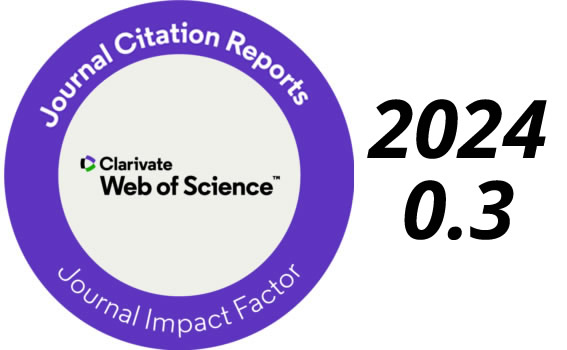Validation and correction of satellite-estimated precipitation using ground observations in the Pampean region of Argentina
DOI:
https://doi.org/10.24850/j-tyca-14-02-04Keywords:
Satellite precipitation products, near real time, bias correction, validationAbstract
Satellite-estimated precipitation represent an alternative source of information for different hydrological applications, hence understanding the skill of satellite products to capture the spatial and temporal variability of precipitation is crucial for the development of hydrometeorological monitoring and early warning systems. This study evaluates the reliability of three satellite precipitation products (SPP) in the Pampean region of Argentina, before and after applying the Quantile Mapping bias correction method. The SPP used are TMPA, CMORPH and IMERG in their near real time versions. The evaluation was carried out using categorical and descriptive statistics in order to assess their skills to provide reliable estimates and correctly detect the magnitude of precipitation events. The categorical statistical analysis was carried out at a daily time step, in this case SPPs better estimate the observations for low intensities (less than 5 mm) and medium (between 5 and 20 mm) than for high intensities (greater than 20 mm). The evaluation of the descriptive statistics at the monthly level showed that the CMORPH has the highest detection skill in the EFM and AMJ quarters, while the IMERG obtained the lowest errors for the JAS and OND quarters. The incorporation of a bias removal method in the SPP validation process introduced significant improvements in the evaluated statistics. Especially the CMORPH which significantly improved its performance when compared with the IMERG, being the TMPA the one showing the larger errors in the region.
Downloads
Published
How to Cite
Issue
Section
License
Copyright (c) 2023 Tecnología y ciencias del agua

This work is licensed under a Creative Commons Attribution-NonCommercial-ShareAlike 4.0 International License.
By Instituto Mexicano de Tecnología del Agua is distributed under a Creative Commons Attribution-NonCommercial-ShareAlike 4.0 International License. Based on a work at https://www.revistatyca.org.mx/. Permissions beyond what is covered by this license can be found in Editorial Policy.









